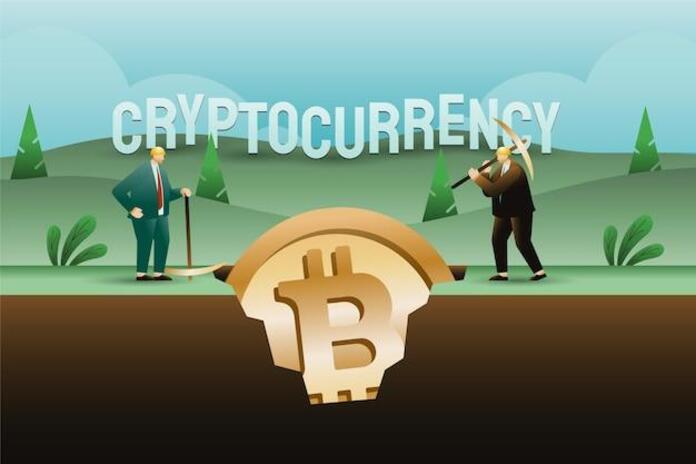
You may earn incentives via yield farming by putting your cryptocurrencies or other digital assets into any decentralized application (DApp). A common activity in traditional banking, known as “yield farming”, is receiving incentives (interest) on assets. Unlike in traditional banking, where dominant institutions benefit most, DeFi initiatives must compete by reaping a considerably lower portion.
What Is a Yield Farmer?
A specialist in cryptocurrencies who has a high-risk tolerance and strives aggressively to maximize their income by staking the currency. Yield farmers often switch up their pools every week to get the highest APY.
For Example:
A yield farmer may use an x token to finance a farm. For taking part, they will earn some Y tokens. They may then utilize their Y tokens in a liquidity pool with even higher prizes, continually attempting to maximize their return.
How Does Yield Farming Work?
Putting money or tokens into a decentralized application, often known as a “dApp,” qualifies as “yield farming” and enables investors to earn yield. dApps may take many forms, including crypto wallets, decentralized social media platforms, decentralized exchanges (DEXs), and many more.
In most cases, yield farmers employ decentralized exchanges (DEXs) to lend, borrow, or stake coins to earn interest or profit from price volatility. Smart contracts are pieces of code that handle money deals between two or more people, making yield farming crypto easier in DeFi.
Different Kinds of Yield Farming:
-
Liquidity Provider:
Users supply DEXs with trading liquidity by depositing pairs of currencies. Exchanges charge a small fee to transfer the two tokens provided to liquidity providers. Sometimes, this expense can be covered with new liquidity pool (LP) tokens.
-
Lending:
Owners of coins or tokens may lend cryptocurrencies to borrowers using a smart contract and profit from the interest collected.
-
Borrowing:
Farmers can borrow another token while using one as collateral. The borrowed cash may then be used to increase farming productivity. In this manner, the farmer retains their original investment, which may rise in value over time, and earns a return on the coins they borrowed.
-
Staking:
There are two different sorts of staking in the DeFi universe. The most popular blockchains are proof-of-stake ones, which reward users for staking their tokens by giving them interest. The next action is to stake the LP tokens obtained as payment for supplying liquidity to a DEX. Users get yield twice over as a result of the fact that they are reimbursed in LP tokens for providing liquidity. These LP tokens may then be invested to generate extra interest.
Is Yield Farming Worth It?
It would help if you were enthusiastic about actively generating passive income, had a workable plan to optimize your yield, and had the initial investment funds to be successful at crypto yield farming. Although it is easy to just stake in secure pools, yield farming aims to seek the highest yields.
Final Thoughts
Your level of risk tolerance will ultimately decide how successful you are at yield farming. The highest gains and fastest recovery from losses will go to those who are prepared to continually and diligently supervise their several farms. Yield farming is an excellent method for more seasoned DeFi users to participate and build a community, as well as something new investors can look forward to or just dabble in.
Featured Image: Freepik
Read more investing news on PressReach.com.Subscribe to the PressReach RSS feeds:- Featured News RSS feed
- Investing News RSS feed
- Daily Press Releases RSS feed
- Trading Tips RSS feed
- Investing Videos RSS feed
Follow PressReach on Twitter
Follow PressReach on TikTok
Follow PressReach on Instagram
Subscribe to us on Youtube














